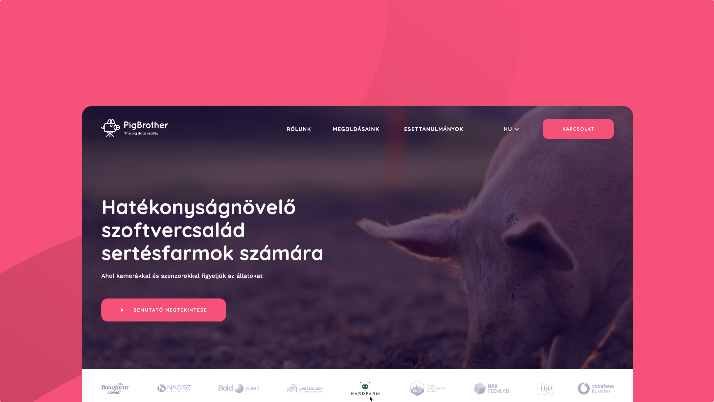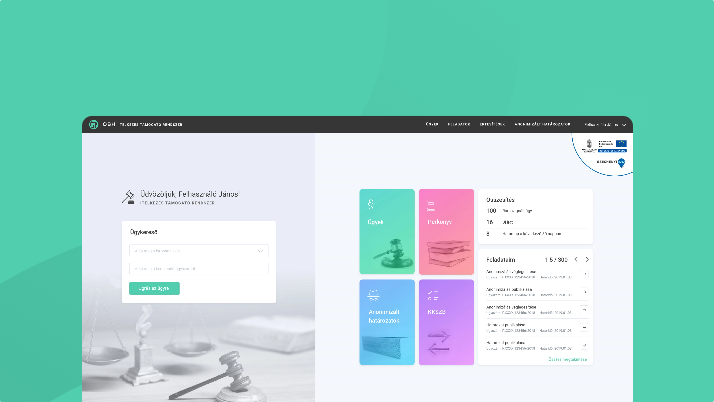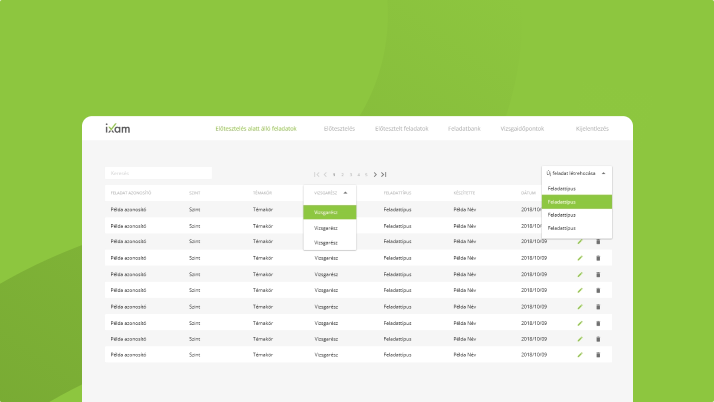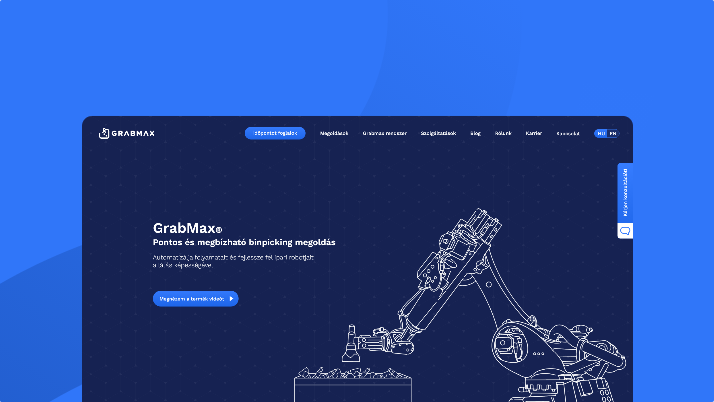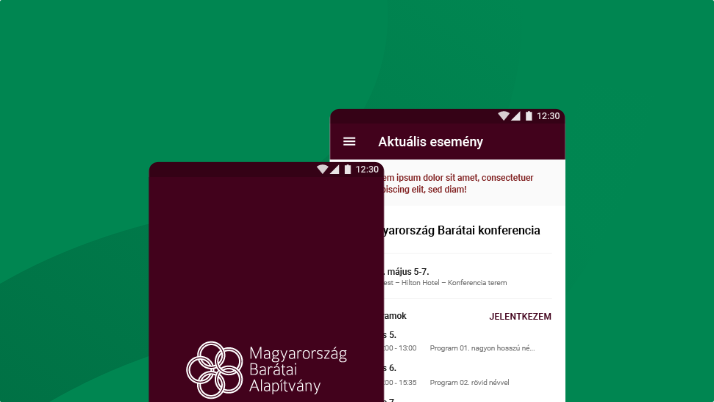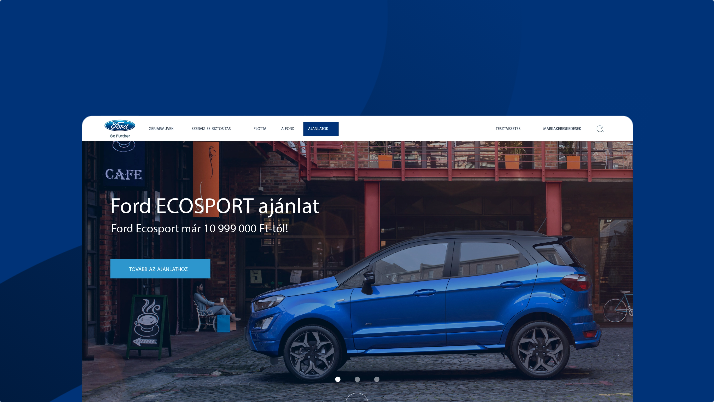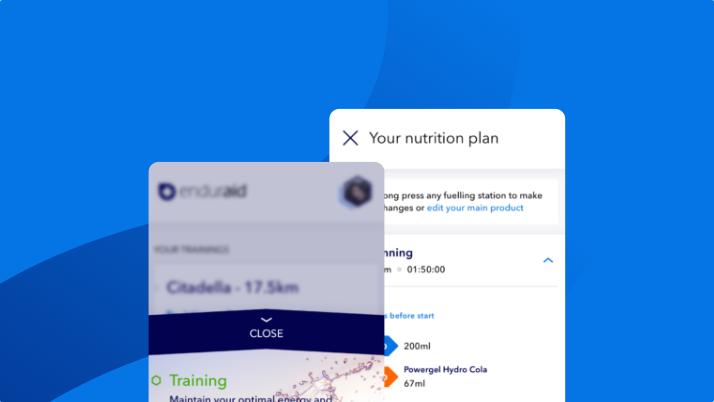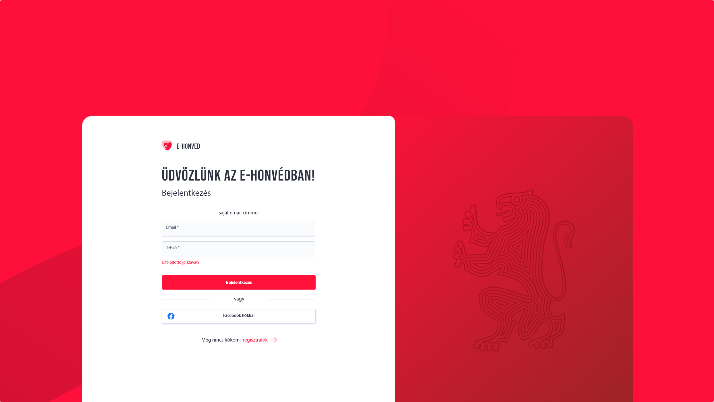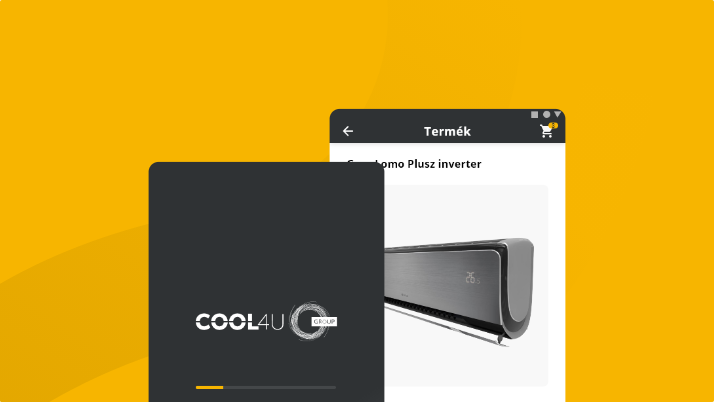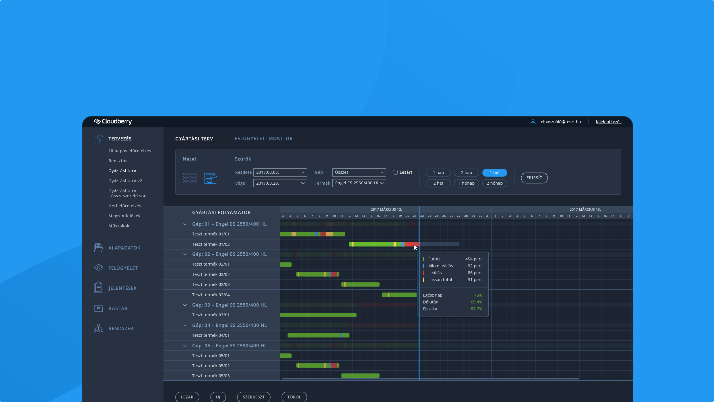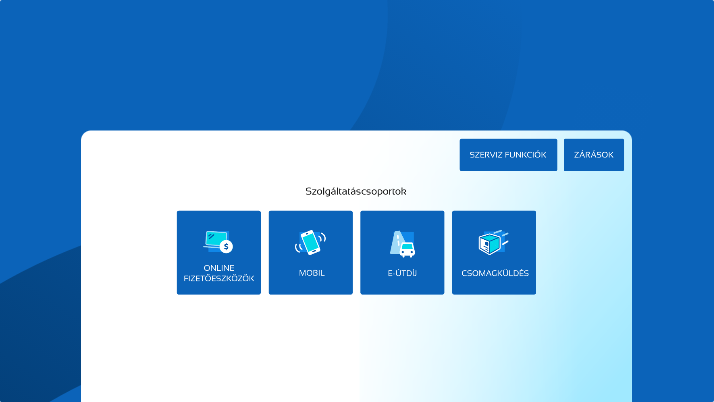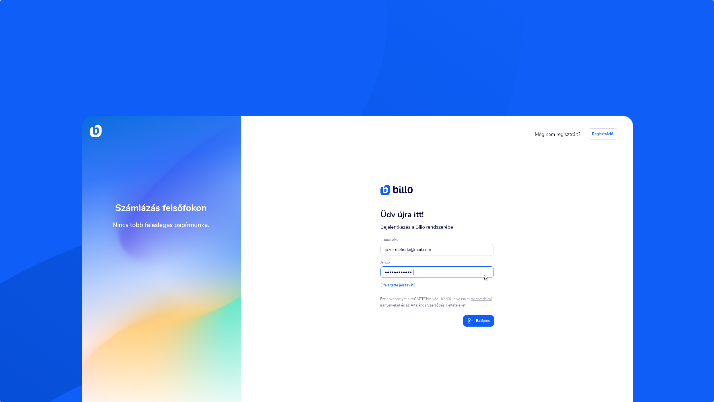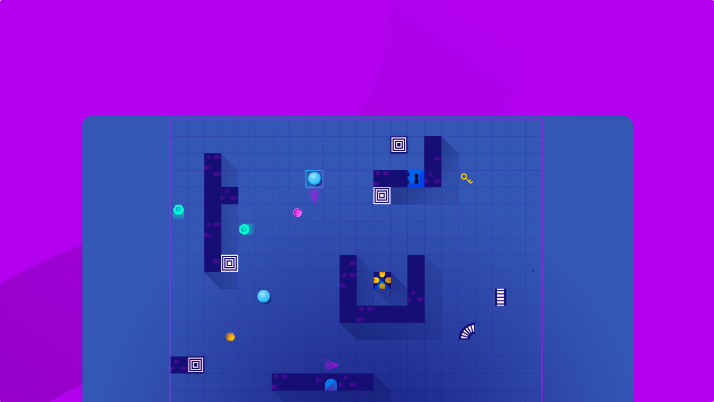The key elements of custom software development
01
Requirement specification
The purpose of the requirements’ specification is to define the functional definition of the expected
project result. The functional specification of the software is prepared in close cooperation with the
client. We expand the functional requirements through regular interviews.
02
System Design
We prepare the system design based on the agreed requirements specification. The system design is the
technical documentation on the basis of which the system is developed. The system design covers in detail
all elements of the system to be developed. It defines, among other things, the architecture of the system,
the interfaces, the entities, the data storage structure.
03
Development, implementation
During the development phase, the system itself is developed. In the course of the development,
the objective is to implement the functionality in the specification based on the agreed sitemap
and design plan. The development will be iterative and will be done in a manner and at a pace agreed with the client.
During each iteration, the client may see, test and provide feedback right away on the elements created.
04
Integration, testing
This phase aims at integrating the completed modules into the finished system and testing the functionality
of the system.
During functional testing, test scenarios are created based on the requirements analysis. If required,
we can also carry out performance testing. For this purpose, we establish user samples with the client,
which are simulated to measure the performance of the system.
05
Documentation
Every step of custom software development is documented to professional standards.
We will prepare all the necessary materials, from development documents to the operating manual and user guide.
06
Operation, product support
This supporting workflow ensures that the custom-built software reacts to changes in the external environment and
that the current configuration continuously and unobtrusively delivers the expected functionality.
01
Requirement specification
The purpose of the requirements’ specification is to define the functional definition of the expected
project result. The functional specification of the software is prepared in close cooperation with the
client. We expand the functional requirements through regular interviews.
03
Development, implementation
During the development phase, the system itself is developed. In the course of the development,
the objective is to implement the functionality in the specification based on the agreed sitemap
and design plan. The development will be iterative and will be done in a manner and at a pace agreed with the client.
During each iteration, the client may see, test and provide feedback right away on the elements created.
05
Documentation
Every step of custom software development is documented to professional standards.
We will prepare all the necessary materials, from development documents to the operating manual and user guide.
02
System Design
We prepare the system design based on the agreed requirements specification. The system design is the
technical documentation on the basis of which the system is developed. The system design covers in detail
all elements of the system to be developed. It defines, among other things, the architecture of the system,
the interfaces, the entities, the data storage structure.
04
Integration, testing
This phase aims at integrating the completed modules into the finished system and testing the functionality
of the system.
During functional testing, test scenarios are created based on the requirements analysis. If required,
we can also carry out performance testing. For this purpose, we establish user samples with the client,
which are simulated to measure the performance of the system.
06
Operation, product support
This supporting workflow ensures that the custom-built software reacts to changes in the external environment and
that the current configuration continuously and unobtrusively delivers the expected functionality.

